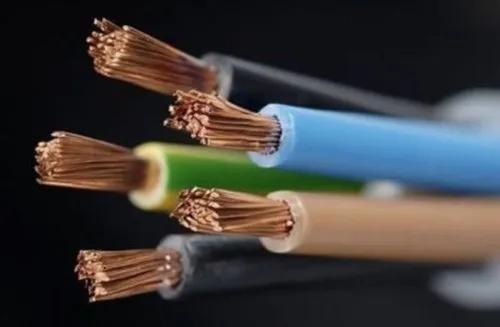
RouteHat Technology Pvt Ltd is a company based in Vijayawada specialized in Cabling and Connectivity and provides end-to-end solutions on Data, Voice electrical and Coaxial cabling. We have great expertise to translate customer requirements into viable and effective products and solutions.
As we are constantly trying to update our customers regarding the services we provide, we take the liberty to update you and hereby request you to call us whenever any of the following services are required at your side
Coaxial cable is an electrical cable consisting of an inner conductor or several uninsulated conductors tightly twisted together, often surrounded by an insulating spacer, surrounded by an outer cylindrical conducting shield (sheath), and usually surrounded by a final insulating layer (jacket). The term coaxial comes from the inner conductor and the outer shield sharing ("co-") the same axis. It is often used as a high-frequency transmission line to carry a high-frequency or broadband signal but may also be used for frequencies as low as audio frequency. The electromagnetic field carrying the signal exists (ideally) only in the space between the inner and outer conductors.
Short coaxial cables are commonly used to connect home video equipment, in ham radio setups, and in measurement electronics. They used to be common for implementing computer networks, in particular Ethernet, but twisted pair cables have replaced them in most applications except in the growing consumer cable modem market for broadband Internet access.
Long distance coaxial cable is used to connect radio networks and television networks, though this has largely been superseded by other more high-tech methods (fibre optics, T1/E1, satellite). It still carries cable television signals to the majority of television receivers, and this purpose consumes the majority of coaxial cable production
Micro coaxial cables are used in a range of consumer devices, military equipment, and also in ultra-sound scanning equipment.
The most common impedances that are widely used are 50 or 52 ohms, and 75 ohms, although other impedances are available for specific applications. The 50 / 52 ohm cables are widely used for industrial and commercial two-way radio frequency applications (including radio, and telecommunications), although 75 ohms is commonly used for broadcast television and radio.